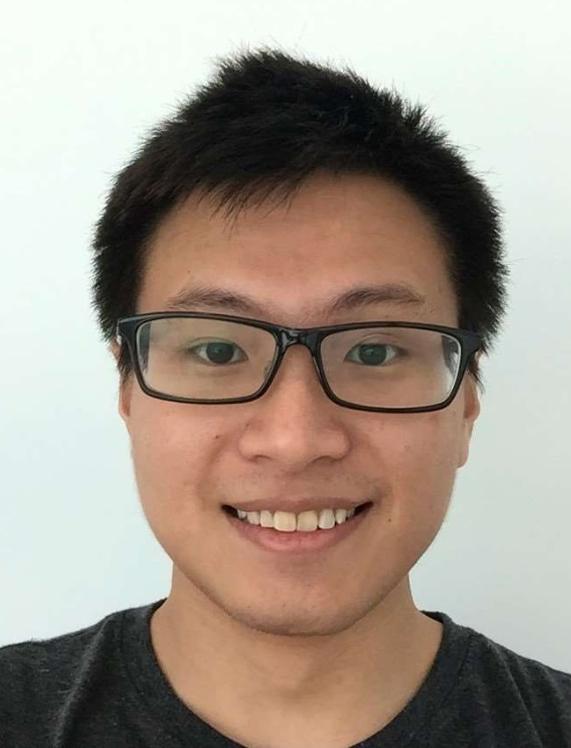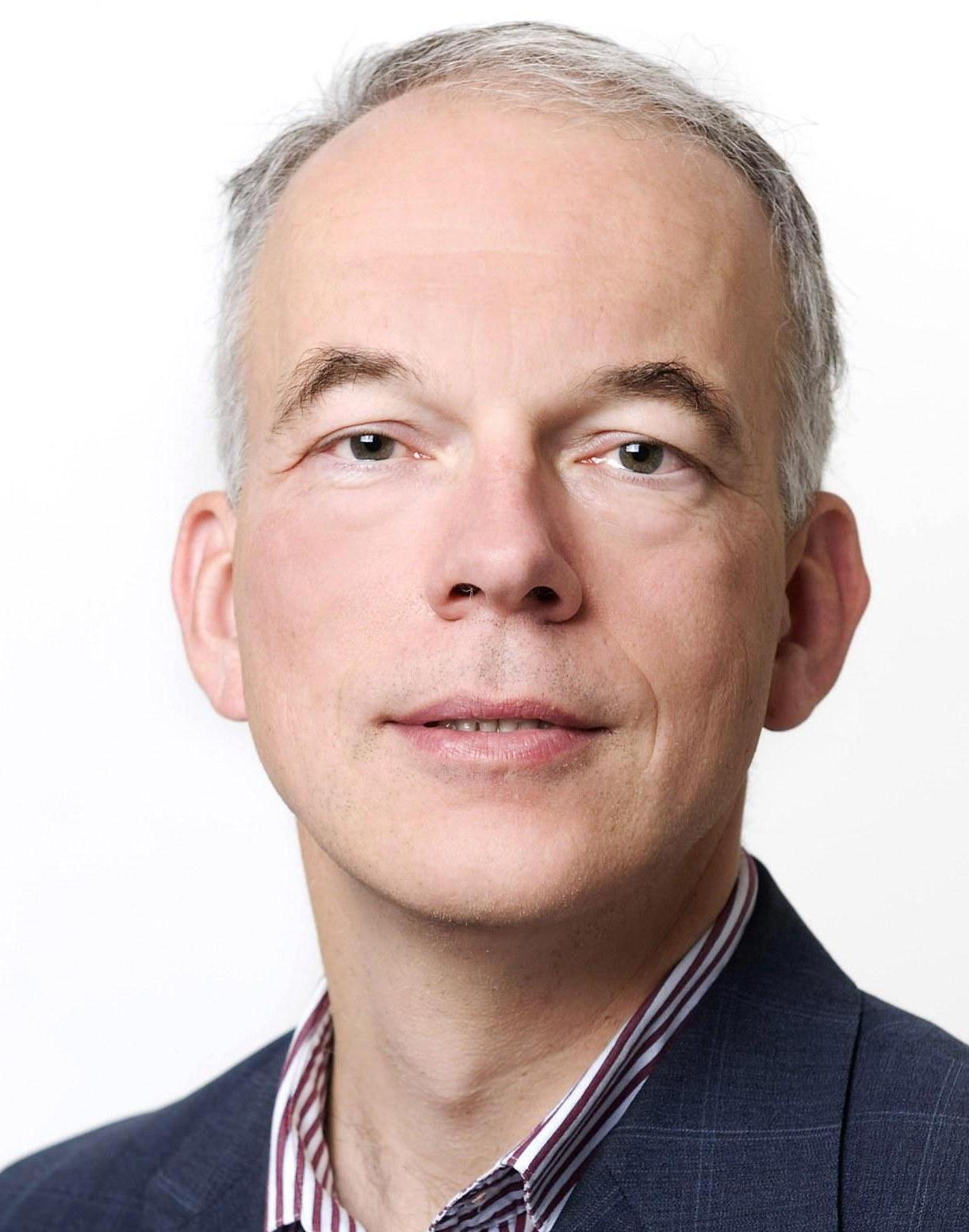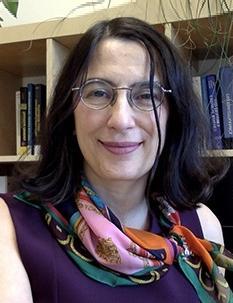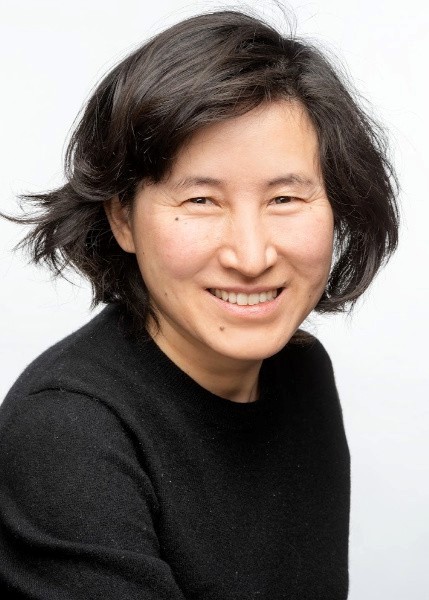Speakers
Title of Talk: "Imaging Single Surface Nanobubbles with Advanced Optical Microscopy”
School of Chemistry and Chemical Engineering, Nanjing University, China
wei.wang@nju.edu.cn https://chem.nju.edu.cn/wanglab
Abstract:
The past decade has witnessed the theoretical and experimental debates on the extraordinary long lifetime and low contact angle of surface nanobubbles. While several kinds of imaging techniques have provided promising evidences on the lifetime and gaseous nature of single surface nanobubble, each of them suffered from its own limitations before a consensus can be reached. In the present work, we employed a recently-developed surface plasmon resonance microscopy (SPRM) to visualize single surface nanobubble without labeling for the first time [1]. The quantitative dependence between optical signal and nanobubble volume allowed for resolving the dissolution kinetics, which is a key for understanding the lifetime. A super-localization method was further introduced to monitor the trajectory of its mass center during dissolution, which uncovered the stick-slip behavior in the early stage and the migration behavior in the late stage. The label-free, non-intrusive, quantitative and sensitive features of SPRM and the potential compatibility with atomic force microscopy shed new light on the long-standing puzzle behind surface nanobubbles.
We also summarize the unique features of SPRM that makes it a novel and promising technique in the toolbox for studying surface nanobubbles. First, the non-intrusive and label-free nature of SPRM allows for studying the nanobubbles in its native states under a physiochemical environment that is almost identical to mainstream AFM studies. Second, SPRM signal shows a simple and robust dependence on the volume of nanobubble, facilitating the quantitative kinetics study. Third, enhanced electromagnetic field confined in the SPPs ensures the extraordinary sensitivity for detecting sub-100nm nanobubbles. Fourth, the inverted configuration of SPRM is compatible for integrating an AFM on top of the sample. Similar combination between TIRFM and AFM has been achieved in several groups and has proven powerful. Such combined systems should deliver comprehensive capabilities to characterize surface nanobubbles.
In addition to the dissolution dynamics of surface nanobubbles, we would also like to cover other results regarding hydrogen nanobubbles produced by photocatalysis [2,3] and electro-catalysis [4] of water splitting, nucleation activation energy barrier of single vapor nanobubble [5], and most recent results that we have investigated, including characterizations to the thickness of bubble-liquid interface, surface charge and refractive index of single surface nanobubbles.
References [1] YJ Wang, J Chen, YY Jiang, X Wang, W Wang, Label-free optical imaging of the dynamic stick-slip and migration of single sub-100nm surface nanobubbles, Anal. Chem., 2019, 91, 4665. [2] YM Fang, ZM Li, YY Jiang, X Wang, HY Chen, NJ Tao, W Wang, Intermittent photocatalytic activity of single CdS nanoparticles, Proc. Natl. Acad. Sci. USA, 2017, 114, 10566. [3] H Su, YM Fang, FY Chen, W Wang, Monitoring the dynamic photocatalytic activity of single CdS nanoparticles by lighting up H2 nanobubbles with fluorescent dyes, Chem. Sci ., 2018, 9, 1448. [4] YJ Wang, TL Yuan, H Su, K Zhou, YL Yin, W Wang, A bubble-STORM approach for super-resolved imaging of nucleation sites in hydrogen evolution reactions, ACS Sensors, 2021, 6, 380. [5] J Chen, K Zhou, YJ Wang, J Gao, HY Chen, W Wang, Measuring the activation energy barrier for the nucleation of single nanosized vapor bubbles, Proc. Natl. Acad. Sci. USA, 2019, 116, 12678.
Short biography:
Wei Wang is a Professor and vice dean of the School of Chemistry and Chemical Engineering, Nanjing University. He received his BS in 2004 and PhD in 2009, both from the University of Science and Technology of China (USTC). He pursued postdoctoral studies at Arizona State University from 2009 to 2013 before joining the faculty of Nanjing University in December 2013. He received support from the Thousand Young Talents Program (2013) and the National Natural Science Foundation of China for Excellent Young Scholars (2015). He also received the Young Chemist Award from the Chinese Chemical Society in 2017. His current researches involve advanced optical microscopy for single-cell imaging, nanoelectrochemistry, nanobubbles and single-molecule detection.
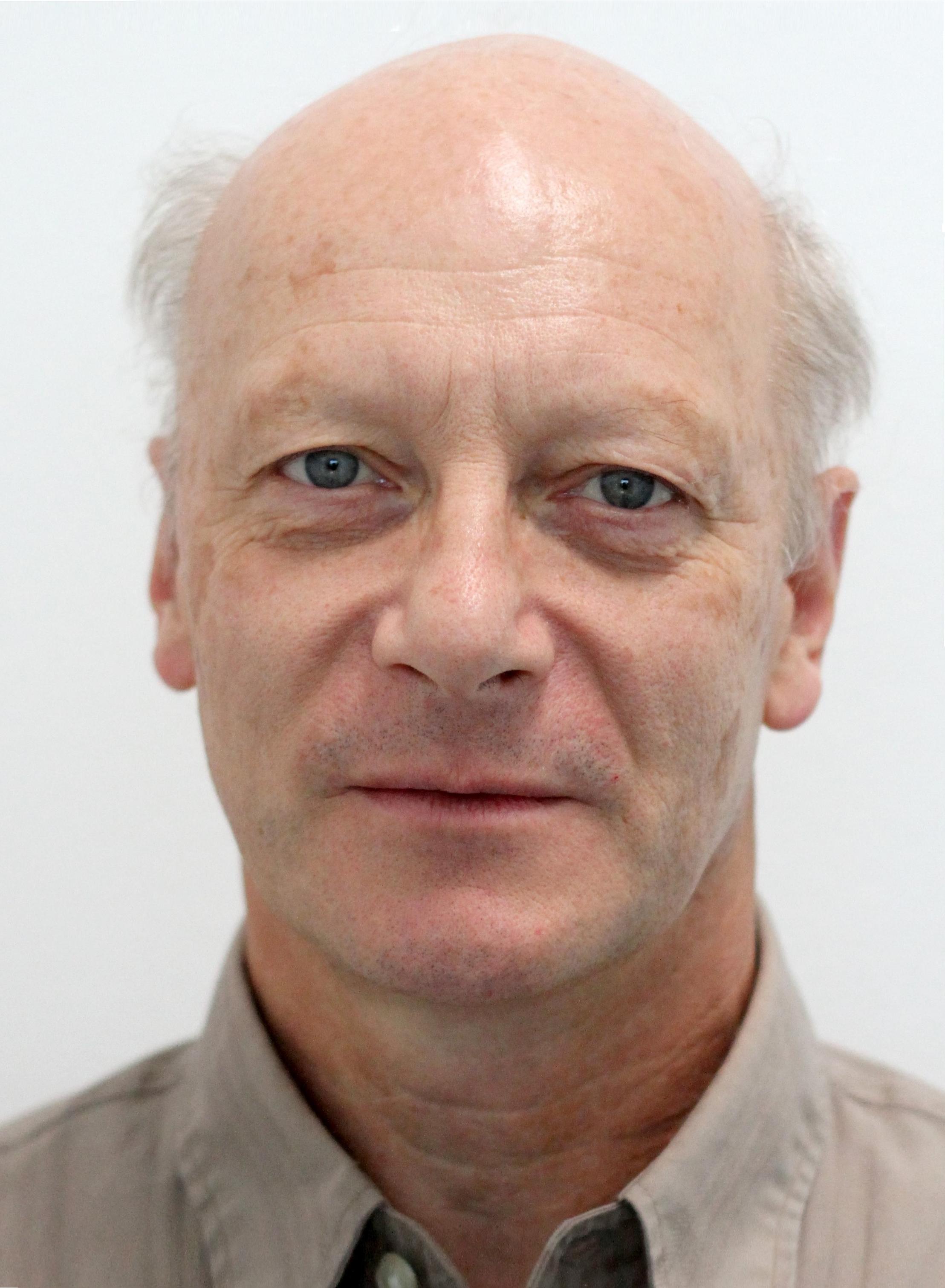
Title of Talk: “Interaction of drops and bubbles with nano- and microstructured surfaces”
Max Planck Institute for Polymer Research, Ackermannweg 10, 55128 Mainz, Germany
Abstract:
Wetting phenomena surround us every day and are relevant for technological applications such as printing, painting, coating, heat transfer, flotation, bringing out herbicides and insecticides. Making surfaces with defined wetting properties is one of the big engineering challenges, in particular fabricating liquid repellent surfaces. Liquid repellency includes two aspects: High receding contact angles and low friction of drops. In the first case, sessile drops show a low adhesion in normal direction; they can easily be taken off vertically. Super liquid-repellent surface fall in this category. In the second case, drops have low lateral adhesion and slide off surfaces, which are only slightly tilted. Some polymer brushes, lubricant-infused polymer brushes and lubricant-infused porous surfaces belong to this category. Different types of liquid repellent surfaces will be discussed. Effects leading to friction are described and methods to characterise surface are highlighted.
Short biography:
Hans-Jürgen Butt studied physics in Hamburg and Göttingen, Germany. Then he went to the Max-Planck-Institute of Biophysics in Frankfurt. After receiving his Ph.D. in 1989 he went as a post-doc to Santa Barbara, California, using the newly developed atomic force microscope. From 1990-95 he spent as a researcher back in Germany at the Max-Planck-Institute for Biophysics. In 1996 he became associate professor for physical chemistry at the University Mainz, three years later full professor at the University of Siegen.
In 2002 he joined the Max-Planck-Institute of Polymer Research in Mainz and became director for experimental physics of interfaces.
Title of Talk: "How surface nanobubbles survive: from experiments to theory"
Abstract:
Bubbles exhibit a remarkable diversity in behaviour in space and time. Some lead transient and violent lives, but others seem to live forever. A particular class of bubbles, nanobubbles, has attracted controversy since they were first proposed to exist. Not only are nanobubbles difficult to image, but their properties—they are long-lived and robust to destruction or dissolution—defy most classical expectations for how bubbles should behave. Sustained academic scepticism over the very existence of nanobubbles stands in tension with their status as the core of a burgeoning US$40 billion industry. Although application has long steamed ahead of fundamentals, the yawning gap between the two must be bridged if nanobubbles are to be safely deployed in ambitious frontiers such as medicine. Do nanobubbles exist? How do we prove it unambiguously? How do they survive? This talk summarizes our winding journey in surface nanobubbles, from overcoming an unexpected contamination issue affecting many early papers (including our own), to the development of a theoretical framework capable of explaining most known properties of surface nanobubbles. Finally, I discuss how our experiences with surface nanobubbles can be leveraged to advance our still shaky understanding of freely standing bulk nanobubbles, also known as ultrafine bubbles.
Short biography:
"Beng Hau Tan is a soft matter physicist, with specific interests in micro- and nanoscale fluid dynamics and soft matter, and topics at their intersection. His research is curiosity driven and multi-disciplinary, with contributions in experiments, theory and simulations. After two years' military service, he earned a BSc and a PhD (under the supervision of the esteemed Professor Claus-Dieter Ohl), both in physics, from Nanyang Technological University in 2013 and 2017. In 2018 he was appointed SMART Fellow at the Singapore-MIT Alliance for Research and Technology to pursue independent research. Outside the laboratory, he is a keen swimmer and holds the basic qualification for lifeguards in the 53 countries of the Commonwealth."
Title of Talk: "Physicochemical hydrodynamics of a plasmonic bubble in a binary liquid: Nucleation and bouncing"
Physics of Fluids, University of Twente
The physicochemical hydrodynamics of bubbles and droplets out of equilibrium, in particular with phase transitions, display surprisingly rich and often counter-intuitive phenomena. Here I will discuss the nucleation and early evolution of plasmonic bubbles in a binary liquid consisting of water and ethanol. Remarkably, the plasmonic nanobubble is found to be periodically attracted to and repelled from the nanoparticle-decorated substrate, with frequencies of around a few kHz. The competition between solutal and thermal Marangoni forces is the origin of the periodic bouncing. The former arises due to the selective vaporization of ethanol at the substrate’s side of the bubble, leading to a solutal Marangoni flow towards the substrate, which pushes the bubble away. The latter arises due to the temperature gradient across the bubble, leading to a thermal Marangoni flow away from the substrate which sucks the bubble towards it.
Reference: B. Zeng et al., PNAS 118, e2103215118 (2021)
Short biography:
Detlef Lohse studied physics at the Universities of Kiel & Bonn (Germany), and got his PhD at Univ. of Marburg (1992). He then joined Univ. of Chicago as postdoc. After his habilitation (Marburg, 1997), in 1998 he became Chair at Univ. of Twente in the Netherlands and built up the Physics of Fluids group. Since 2015 he is also Member of the Max Planck Society and of the Max-Planck Institute in Göttingen and since 2017 Honorary Professor at Tsinghua Univ., Bejing.
Lohse's present research interests include turbulence and multiphase flow, micro- and nanofluidics (bubbles, drops, inkjet printing, wetting), and granular & biomedical flow. He does both fundamental and more applied science and combines experimental, theoretical, and numerical methods.
Lohse is Editor of J. Fluid Mech. and Ann. Rev. Fluid Mech. (among others journals) and serves as Member at Large of the Executive Board of DFD. He is Member of the (American) National Academy of Engineering (2017), of the Dutch Academy of Sciences (KNAW, 2005), the German Academy of Sciences (Leopoldina, 2002) and Fellow of APS (2002). He won various scientific prizes, among which the Spinoza Prize (NWO, 2005), the Simon Stevin Meester Prize (STW, 2009), the Physica Prize of the Dutch Physics Society (2011), the AkzoNobel Science Award (2012), two European Research Council Advanced Grants (2010 & 2017), the George K. Batchelor Prize (IUTAM, 2012), the APS Fluid Dynamics Prize (2017), the Balzan Prize (2018), and the Max Planck Medal (2019). In 2010, he got knighted to become “Ridder in de Orde van de Nederlandse Leeuw”.
Website: http://pof.tnw.utwente.nl
Title of Talk: "Electrochemically Generated Nanobubbles"
Abstract:
Gas evolving reactions are ubiquitous in the operation of electrochemical devices, and can result in the formation of bubbles that block the electrode and decrease reaction rates. The deleterious effect of bubbles is amplified by the current trend of miniaturization of electrodes to nanoscopic sizes, as a single nanobubble can grow to cover the whole reactive area. This presentation will discuss our work using molecular simulations and theory to understand the electrochemical formation an stationary states of bubbles on nanoelectrodes, how the size and shape of the electrodes impact the currents that can be obtained when a bubble forms, and how we can use that knowledge to maximize conversion rates on gas producing electrochemical reactions.
Short biography:
Valeria Molinero is Distinguished Professsor and the Jack and Peg Simons Endowed Professor of Theoretical Chemistry at The University of Utah, where she also leads the Henry Eyring Center for Theoretical Chemistry. A physical chemist by passion and training, she performed research in electrochemistry as an undergraduate at the University of Buenos Aires, before turning to computational and theoretical chemistry for her doctoral studies also in Buenos Aires. Upon completion of her Ph.D. at the University of Buenos Aires, she moved to the United States to pursue postdoctoral research at Caltech, before starting her independent career at the University of Utah in 2006. Molinero’s research focuses on understanding and controlling phase transformation and dynamics in materials. Her research has been recognized with multiple awards, including the Beckman Young Investigator Award, Camille Dreyfus Teacher Scholar Award, and the Cozzarelli Prize of the Proceedings of the National Academy of Sciences. Molinero was elected in 2021 to the American Academy of Arts and Sciences and in 2022 to the National Academy of Sciences of the United States.
Title of Talk: "Formation and Location of H2 Microbubbles from a Surface Nanodroplet Reaction"
Department of Chemical and Materials Engineering University of Alberta
Email: Xuehua.zhang@ualberta.ca
Abstract:
Compartmentalizing chemical reactions in micro-sized droplets allows for efficient chemical conversion and simplifying procedures for biphasic processes. Reactions in small droplets have also been shown to greatly accelerate the rate of many chemical reactions. The accelerated growth rate of nanobubbles from nanodroplet reactions is demonstrated in this work. The gaseous products from the reaction at the nanodroplet surface promoted nucleation of hydrogen nanobubbles within multiple organic liquid nanodroplets. The nanobubbles were confined within the droplets and selectively grew and collapsed at the droplet perimeter, as visualized by microscopy with high spatial and temporal resolutions. The growth rate of the bubbles was significantly accelerated within small droplets and scaled inversely with droplet radius. The acceleration was attributed to confinement from the droplet volume and effect from the surface area on the interfacial chemical reaction for gas production. The gas transport from the droplet surface to bubbles and the collective consumption of the gas product by bubbles inside the droplet lead to the preferential location of nanobubbles inside the droplets. Our theoretical analysis predicts that the product concentration decreases from the droplet surface to the droplet center, which is in good agreement with the bubble growth rate in our experimental results. The results of this study provide further understanding for applications in droplet enhanced production of encapsulated nanobubbles.
Short biography:
Professor Xuehua Zhang is a Canada Research Chair (Tier 1) in Soft Matter at Interfaces at the Department of Chemical and Materials Engineering, University of Alberta, Canada. She completed her PhD in Biomedical Engineering at Shanghai Jiao Tong University and became an Endeavor Postdoc Fellow in Australian National University. Later she was awarded with prestigious Australian Research Council Postdoctoral Fellow and Future Fellow in University of Melbourne and then became an Associate Professor in RMIT University. In 2017, she joined University of Alberta. Her research topics cover micro/nanobubbles on surfaces, phase separation in confined spaces, chemical reactions of nanodroplets, evaporation and de-wetting of multicomponent drops and advanced surface engineering. Professor Zhang is an Associate Editor for Soft Matter – Royal Society of Chemistry.
Title of Talk: Lipid Coated Nanobubbles as Theragnostic Agents: from Theory to Application
DVB Batchelor, RH Abou-Saleh, PLColetta, AF Markham, SA Peyman, JR. McLaughlan, SD Evans
Abstract:
The fate of bubbles in water is to either to rise to the surface and burst or to dissolve in the aqueous phase. As the bubbles become smaller there is a concomitant increase in the Laplace pressure driving the rate of dissolution ever faster. As such nanobubbles (NBs) are expected to exhibit vanishingly short lifetimes before their dissolution. Coupled with their decreasing size the pressure within such nanoscale bubbles increases and the temperature at which encapsulated gases vaporise is increased.1
In this presentation, we consider the predicted behaviour of a number of perfluorocarbon gases that have been used as ultrasound contrast agents in microbubbles as the bubble size is reduced to the nanoscale. Further, we look at the production and  characterisation of lipid coated nanobubbles.2 Finally, we consider the potential of “nested nanobubbles” in which lipid coated NBs are encapsulated within 300 nm liposomes for ultrasound triggered release of therapeutic agents.
characterisation of lipid coated nanobubbles.2 Finally, we consider the potential of “nested nanobubbles” in which lipid coated NBs are encapsulated within 300 nm liposomes for ultrasound triggered release of therapeutic agents.
1. Evans DR, Parsons DF, Craig VS. Physical properties of phase-change emulsions. Langmuir. 2006;22(23):9538-45.
2. Peyman SA, McLaughlan JR, Abou-Saleh RH, Marston G, Johnson BRG, Freear S, … Evans SD On-chip preparation of nanoscale contrast agents towards high-resolution ultrasound imaging. Lab on a Chip. 2016;16(4):679-87.
Short biography
Steve Evans obtained his BSc in Physics from Queen Mary College in 1984 and PhD from the University of Lancaster in 1987. He undertook postdoctoral research at Imperial College, and was a Visiting Scientist at Eastman Kodak, Rochester, NY, USA. In 1991 he joined the faculty of the School of Physics and Astronomy, at the University of Leeds. He has held posts as Deputy Director of the Centre for Self-Organising Molecular Systems (SOMS) and the Chairman of the School of Physics & Astronomy. He currently heads the Molecular and Nanoscale Physics group and is the Scientific Research Director of the NIHR Centre for Surgical Technologies. His main research interests are in; i) the development of theranostic agents (nanomaterials and microbubbles) for imaging and treating cancer and infection ii) the biophysics of single cells for understanding disease progression and improving the efficacy of cancer treatments.





